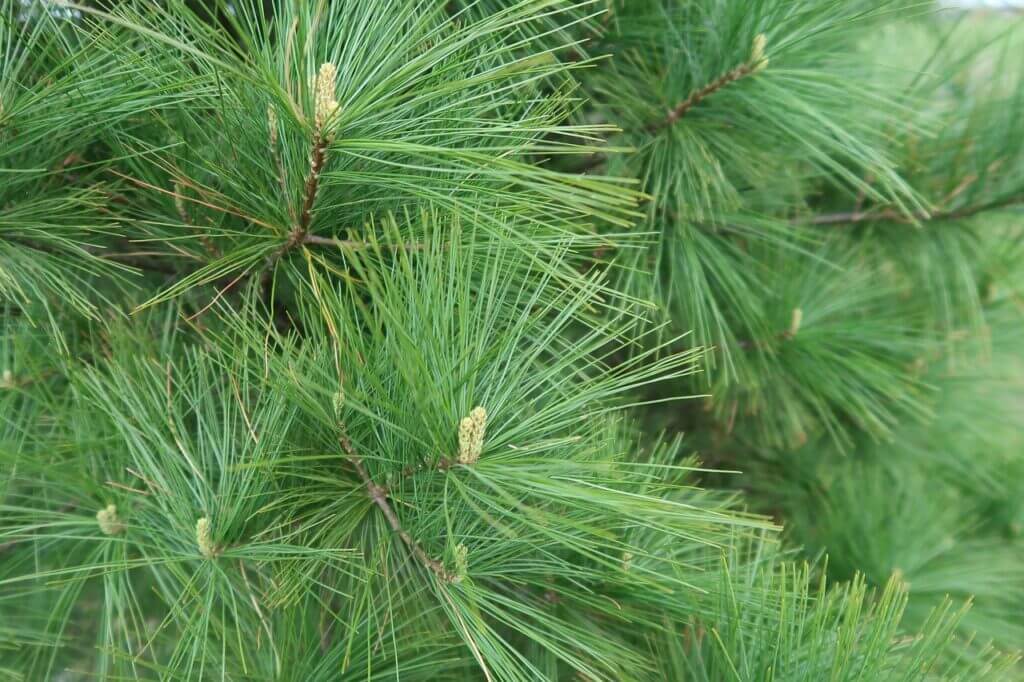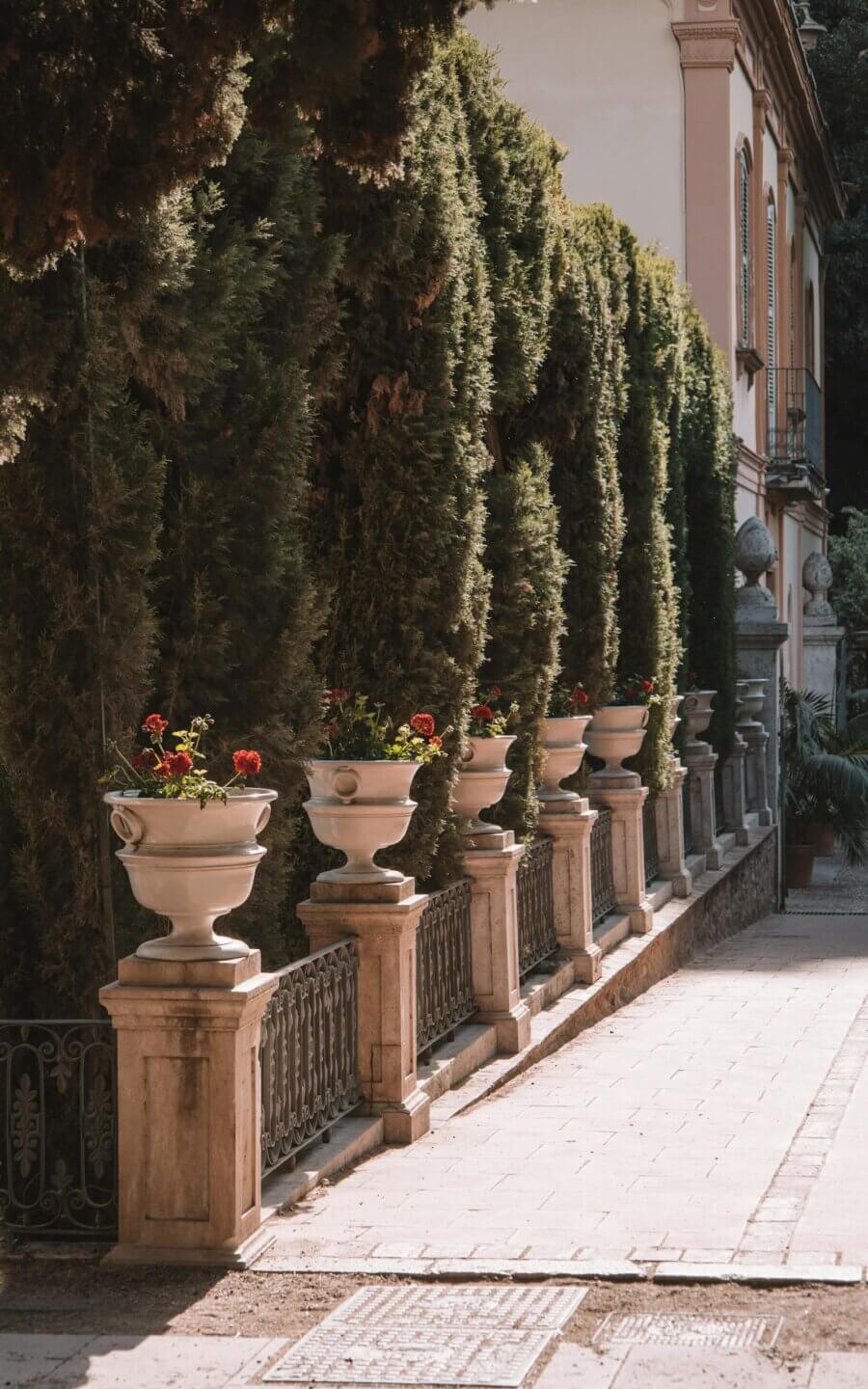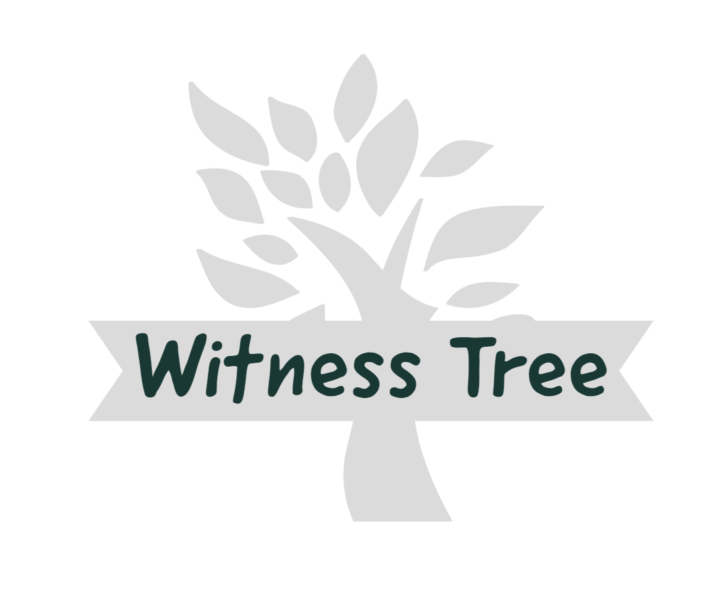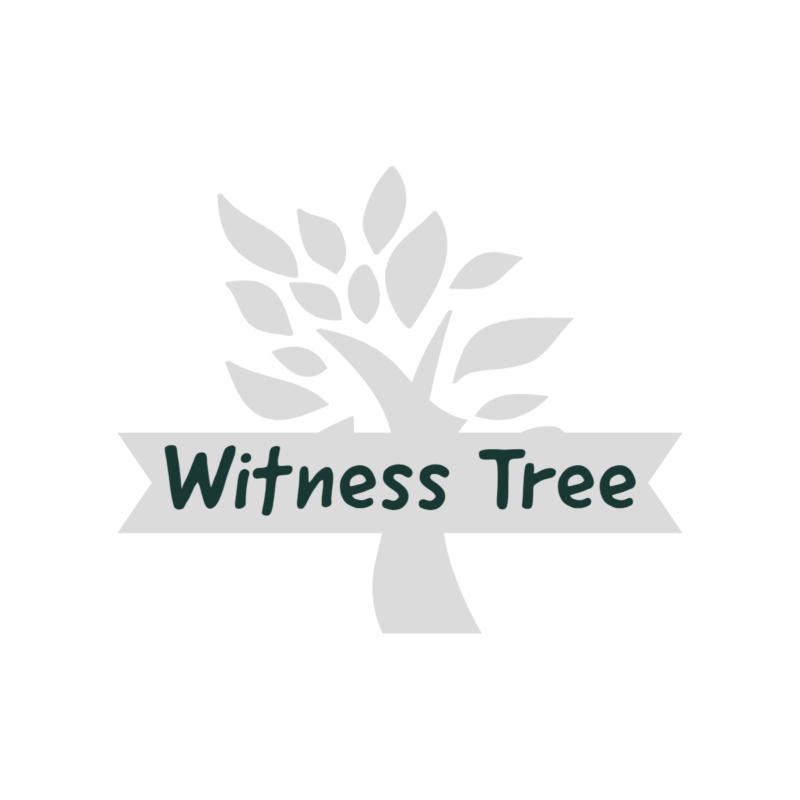Conifers
Why plant conifers?
Most conifers keep their needles through winter, so they are a great choice for year round beauty and privacy. Their dense growth makes them excellent windbreaks, helping to reduce energy costs by blocking cold winter winds.
Eastern white pine

The white pine tree is a fast growing evergreen native that can grow up to 80 feet tall, with soft blue green needles. Its feathery branches give it a graceful appearance.
White pines prefer well drained soil and full sun but are adaptable. These native trees provide an important habit for wildlife.
Height: 50 – 80 feet
Spread: 20 – 40 feet
Growth Rate: Fast
Soil Preference: Moist, well drained.
Pros: Native. Tolerates alkaline, clay soil.
Cons: Susceptible to injury from road salt
Hardiness zones: Zones 3 – 8
Eastern arborvitae

Eastern arborvitae trees, also known as northern white cedar, can grow up to 40 to 60 feet but is often kept much smaller in landscaping. It is a popular choice for privacy screens and hedges. Arborvitae grow quickly and are very hardy.
Height: 40 – 60 feet
Spread: 12 – 20 feet
Growth Rate: Moderate
Soil Preference: Well draining, moist.
Pros: Native. Tolerates clay soil
Cons: Susceptible to bagworms, scale, and fungal diseases
Hardiness zones: Zones 3 – 8
Bald Cypress

Bald cypress trees are deciduous conifers frequently found in swamps, floodplains, and by riverbanks. In autumn, their needles turn a rusty orange before shedding for the winter.
Height: 70 – 100 feet
Spread: 20 – 45 feet
Growth Rate: Slow to moderate
Soil Preference: Acidic, moist soil
Pros: Native. Tolerates standing water and drier conditions. Resistant to pests and diseases, fall color
Cons: Surface roots
Norway Spruce

The Norway spruce is a fast growing evergreen tree native to Europe. It has a classic pyramidal shape and reaches heights of 60 to 100 feet, and is typically used for timber, windbreaks, and ornamental planting. The Norway spruce grows well in a range of soils and is a favorite for Christmas trees.
Height: 40 – 50 feet
Spread: 25 – 30 feet
Growth Rate: Fast
Soil Preference: Adaptable, but prefers cool and moist
Pros: Fast growth, adaptable
Cons: Prone to needle cast diseases
Hardiness zones: Zones 3 – 7
Black Hills Spruce

The Black Hills spruce is a hardy, slow growing evergreen tree known for its dense, symmetrical shape. A regional variety of the white spruce, sit is particularly well suited to cold climates like Northern Illinois. It tolerates a wide range of soil conditions and is low maintenance.
Height: 30 – 60 feet
Spread: 15 – 30 feet
Growth Rate: Slow
Soil Preference: Well drained, moist soil
Pros: Very cold hardy. Low maintenance, adaptable to different soils. Tolerant of drought when established.
Cons: Slow to moderate growth rate. Not tolerant of poor drainage
Hardiness zones: Zones 2 – 6
Douglas fir

Douglas fir is known for its tall, straight growth and soft, fragrant needles. It is often used as a specimen tree and is a favorite for Christmas trees. Douglas firs have a fast growth rate and can reach heights of up to 70 feet.
They grow best in well drained, slightly acidic soil and prefer full sun.
Height: 40 – 70 feet
Spread: 12 – 20 feet
Growth Rate: Moderate to fast
Soil Preference: Acidic, well drained moist soil
Pros: Attractive, symmetrical shape. Grows quickly.
Cons: Does not tolerate heavy clay soil
Hardiness zones: Zones 4 – 6
Tamarack

Tamarack trees are one of the few conifers that shed their needles each fall after turning a brilliant yellow. These trees grow well in wet soils, frequently along the edges of lakes and streams.
Height: 40 – 70 feet
Spread: 15 feet – 30 feet
Growth Rate: Moderate
Soil Preference: Wet, poorly drained soil
Pros: Native. Beautiful yellow fall color. Very cold hardy.
Cons: Not drought tolerant.
Hardiness zones: Zones 2 – 5

